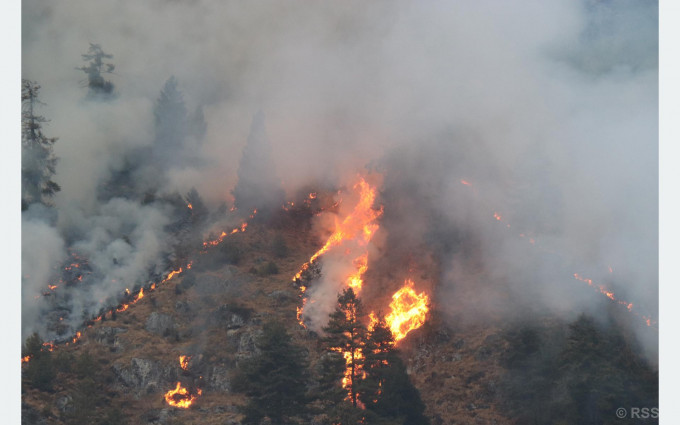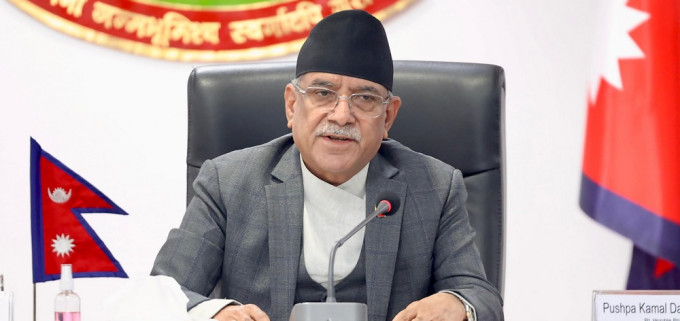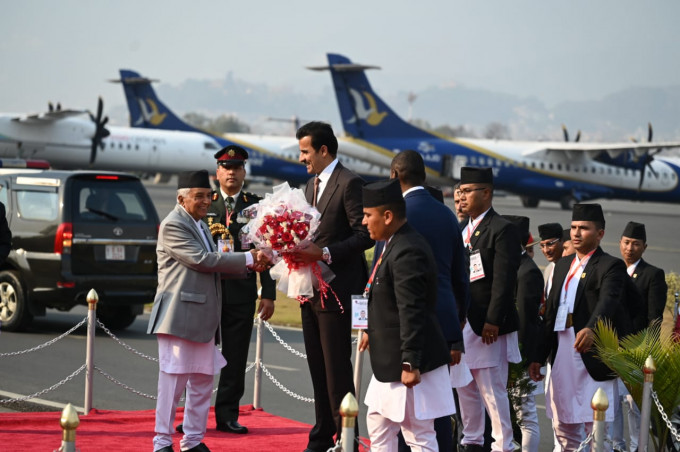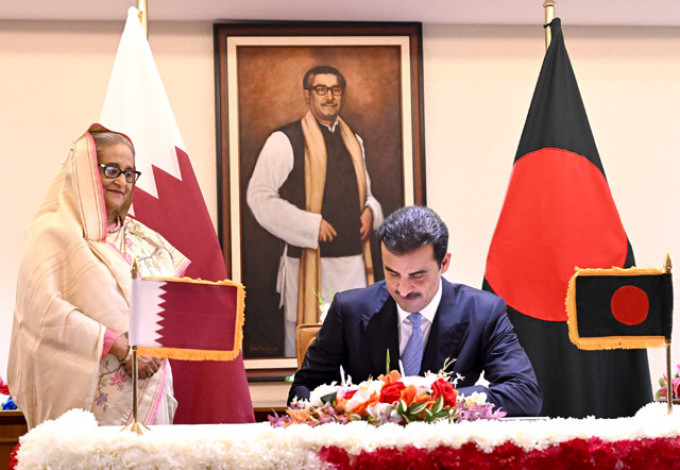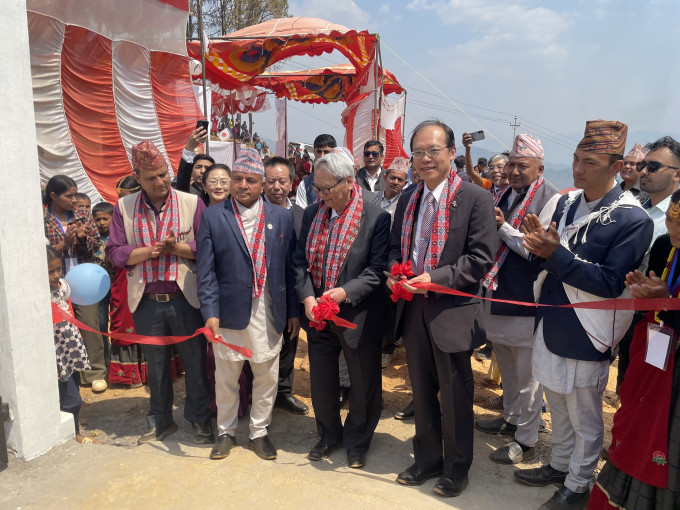Although cervical cancer is preventable, it is a different story for Women in Nepal. Poor access to screening and treatment causes death of many women with cervical cancer in Nepal, especially in regions with poor health facilities.
According to WHO’s report, worldwide cervical cancer is the fourth most frequent cancer in women with an estimated 60,4000 new cases in 2020. More than 95 percent of cervical cancer is caused by the Human Papilloma Virus (HPV). HPV is mainly transmitted through sexual contact.
Cervical cancer is a type of cancer that occurs in the cells of the cervix , the lower part of the uterus that connects to the vagina. Risk factors for cervical cancer are unsafe sexual relationships with multiple sexual partners. Becoming sexually active at a young age, early pregnancy, having multiple pregnancies, frequent unsafe abortion, HIV-infection, smoking and malnutrition or weakened immune system make women vulnerable to cervical cancer.
WHO recommends a comprehensive approach to cervical cancer prevention and control. Comprehensive cervical cancer control includes primary prevention (vaccination against HPV), secondary prevention (screening and treatment), tertiary prevention (diagnosis and treatment), and palliative care.
Vaccination against HPV is the major strategy to prevent cervical cancer, but only around 1 in 10 girls globally are fully vaccinated against the virus. HPV vaccines work best if administered prior to exposure to HPV. Therefore, to prevent cervical cancer WHO recommends vaccinating girls aged 9 to 14 years.
“Cervical cancer can be prevented and controlled. For this, we need to raise awareness amongst girls and women about the HPV vaccination and the HPV vaccine should be available. The Ministry of Health and Population is planning to scale up the HPV vaccine in national immunisation programming,” says senior gynaecologist Dr. Punya Paudel.
However, the HPV vaccination programme is yet not integrated with national immunisation programming in Nepal. Nepal’s National cervical cancer screening guideline has recommended “visual inspection of cervix with Acetic Acid” (VIA) testing among women and this initiation is currently in practice. However, the coverage of this program is very low.
“Educating the community on the importance of HPV vaccination to prevent cervical cancer and implementing strategies to deal with misinformation are also important for maintaining confidence in the HPV vaccination program,” informs Dr. Paudel
Investment in the health workforce’s competency, collaboration, and coordination in three tries of government, and engagement of the private sectors as well as the community are essential for long-term success on the path towards the elimination of cervical cancer.
Developing, updating, implementing, and monitoring national cervical cancer management guidelines, and a national cervical cancer elimination strategy are also essential for high-quality cancer treatment and care in Nepal according to the experts.
READ ALSO:

